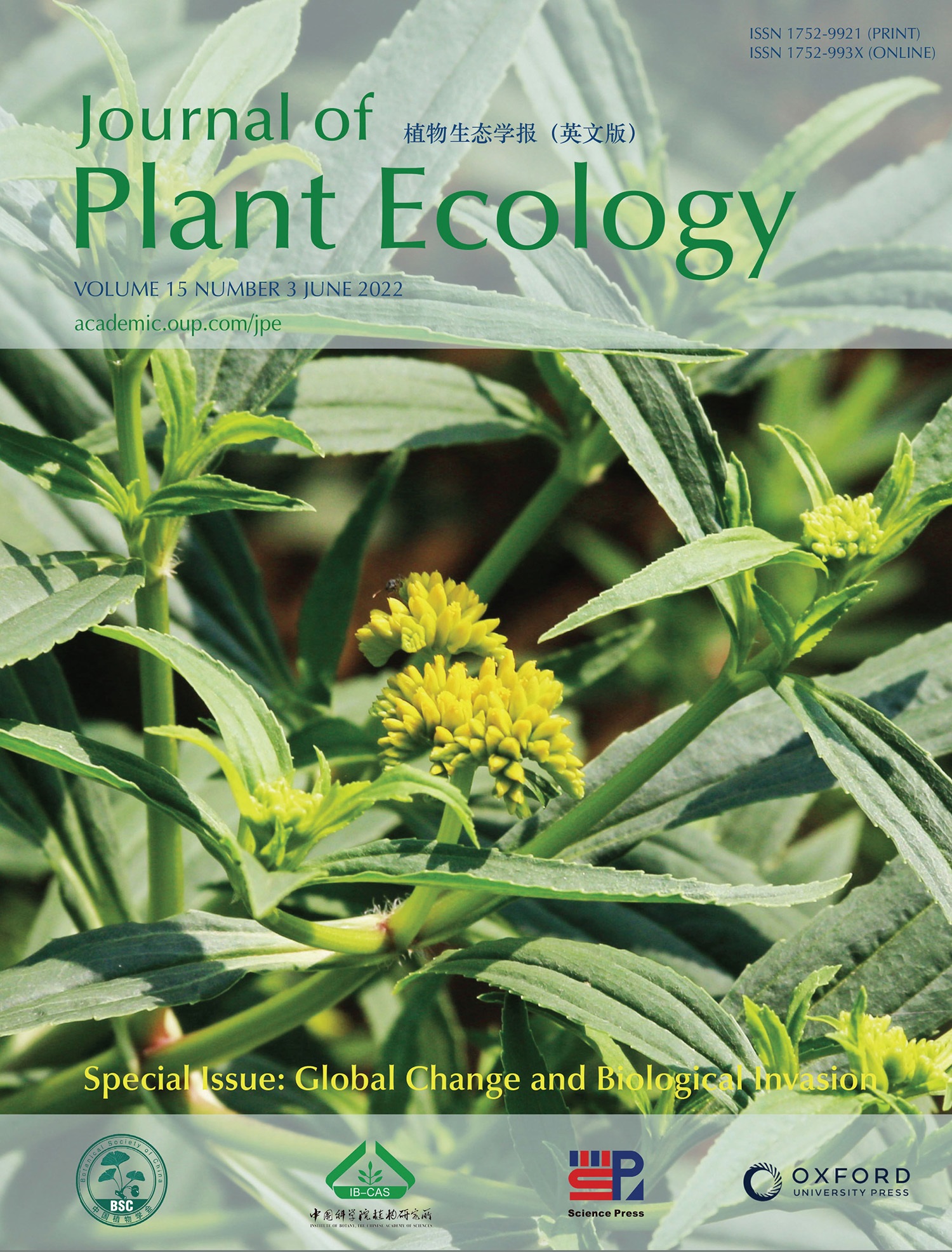Current Issue
-
 Volume 15 Issue 3
Volume 15 Issue 3
Flaveria bidentis (L.) Kuntze (Asteraceae) is an annual grass native to South America and has established non-native populations throughout Central and North America, Europe, Africa, Australia, and Asia. Flaveria bidentis spread wildly in China and induced deleterious effects on local agricultural production and ecosystems. Photo taken by Fengjuan Zhang. See Chen et al. in this issue.
IF: 3.9
CiteScore: 5.7
CiteScore: 5.7
Editors-in-Chief
Yuanhe Yang
Bernhard Schmid
Yuanhe Yang
Bernhard Schmid
CN 10-1172/Q
ISSN 1752-9921(print)
ISSN 1752-993X(online)
ISSN 1752-9921(print)
ISSN 1752-993X(online)







